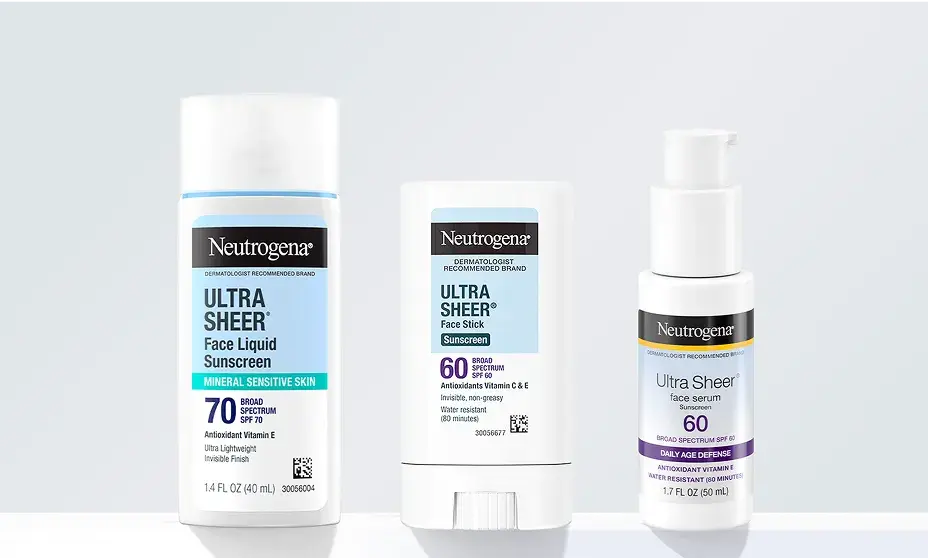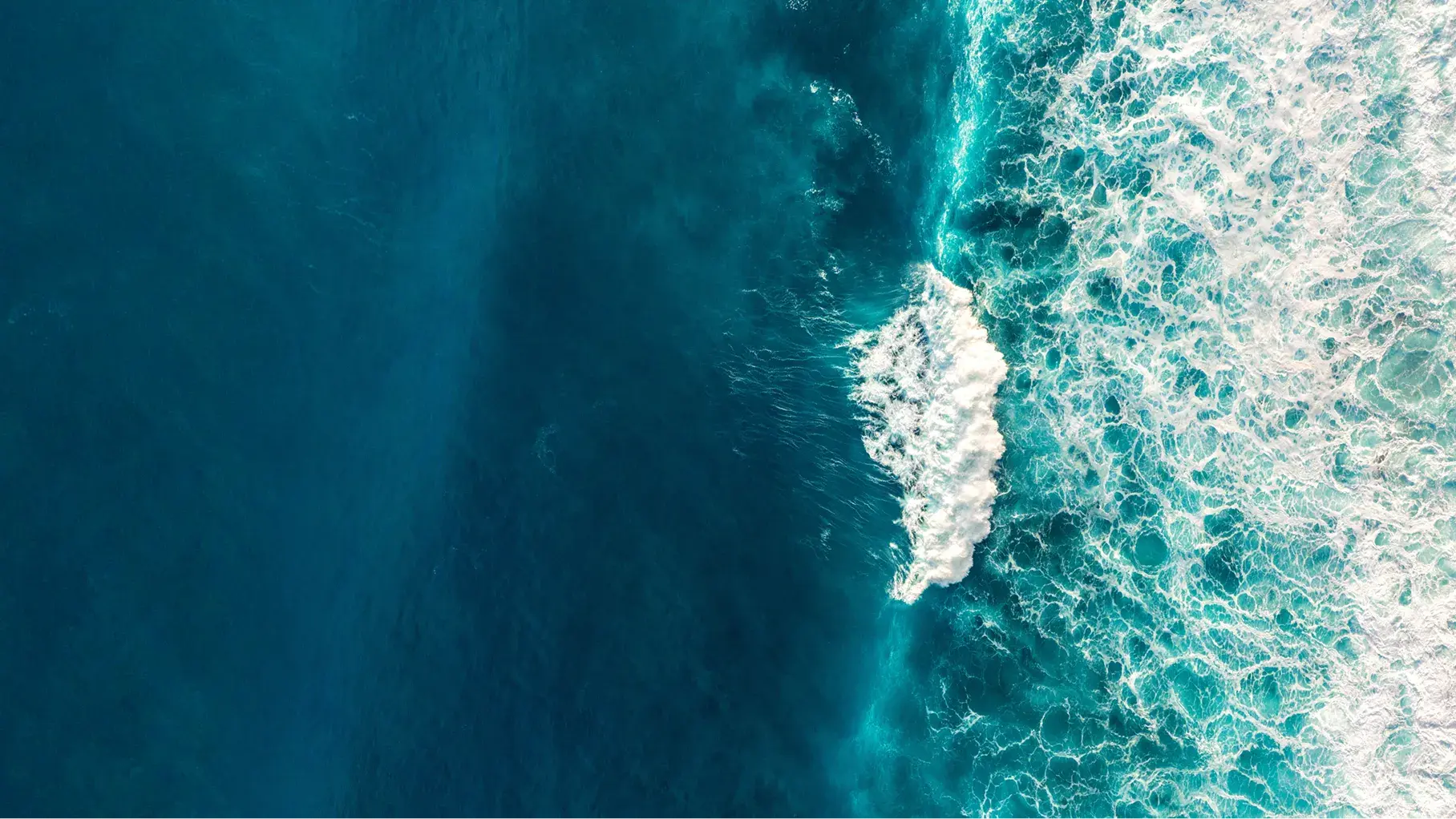At Neutrogena, we take sustainability seriously. In fact, all sunscreens made by Neutrogena contain high-quality ingredients that are evaluated for environmental safety. We believe sunscreen is important for protecting your skin and overall health, so we continue to encourage everyone to buy and use the sunscreen that works best for them. You can find out more about our parent company, Kenvue’s, stance on environmental safety here.
We understand that there are questions about how sunscreens impact our environment, and even more so, the oceans and other bodies of water. Scientists around the globe, including some of our own, are still working to resolve many of these questions. We wanted to answer some questions for you, to clear the air.
FAQs
Are Neutrogena® sunscreens reef safe?
"Reef-safe" is not a standardized or regulated term. It is defined differently by each manufacturer that uses it and is not supported by any credible science. However, we strive to make sure that our sunscreens are gentle on the environment, while protecting you from the sun and harsh UV (Ultra Violet) rays.
Do Neutrogena® sunscreens contain Oxybenzone or Octinoxate?
All our sunscreen products* sold in the U.S. are made without Oxybenzone and Octinoxate.
Are Neutrogena® sunscreens Hawaii Act 104 compliant?
All of our sunscreen products sold in the U.S. are Hawaii Reef Act 104 compliant. However, the regulations on the Big Island of Hawaii and Maui are different and only allow mineral sunscreens. At Neutrogena, we have a diverse offering of mineral sunscreens that you can explore here.
What is the difference between mineral and chemical sunscreens?
The main difference between mineral and chemical sunscreens is in their active ingredients. Mineral sunscreens use natural minerals like zinc oxide and titanium dioxide, which form a protective layer and stop a significant portion of damaging UV rays from entering your skin. They absorb UV light and scatter or reflect longer wavelengths, such as long UVA and visible light. This can sometimes, depending on the formula, leave a white cast on the skin.
Chemical sunscreens, on the other hand, use organic compounds, also known as chemical active ingredients. These ingredients also form a protective layer on your skin and work by absorbing UV rays from the sun and releasing them as less dangerous energy, like heat. They have a lighter, more sheer texture and blend easily into the skin without leaving a visible cast.
However, you need to apply all sunscreens about 15-20 minutes before sun exposure. What is most important is that you choose the sunscreen format that works best for you and that you will use on a regular basis.
What is Neutrogena® doing to protect the ocean and it’s reefs?
Neutrogena® takes sustainability seriously! We’re committed to keeping up-to-date on the latest and ever-evolving coral reef and marine ecosystem research. We’re also leading our own research and funding academic research to support these topics. For a deep dive into our research, see a few examples here and here.
*Excluding some Neutrogena Makeup products with SPF
Explore Neutrogena® sunscreens
Formulated without oxybenzone and octinoxate

Ultra Sheer®
Lightweight sun protection with a smooth, weightless finish

Beach Defense®
Beach strength sun protection

Sport
Powerful, protective sunscreen that stays on through sweat and water.


